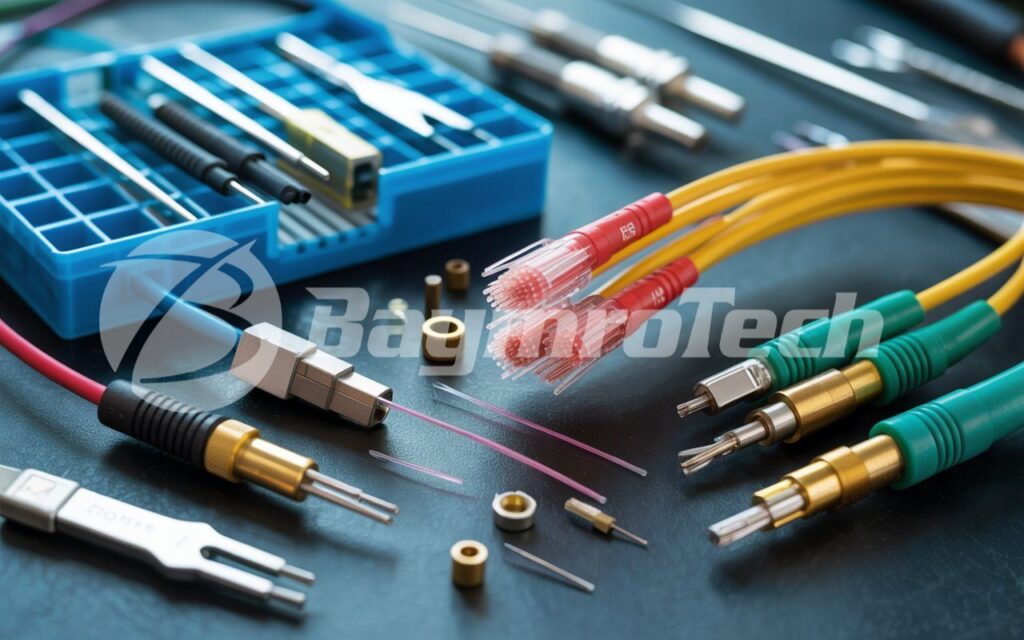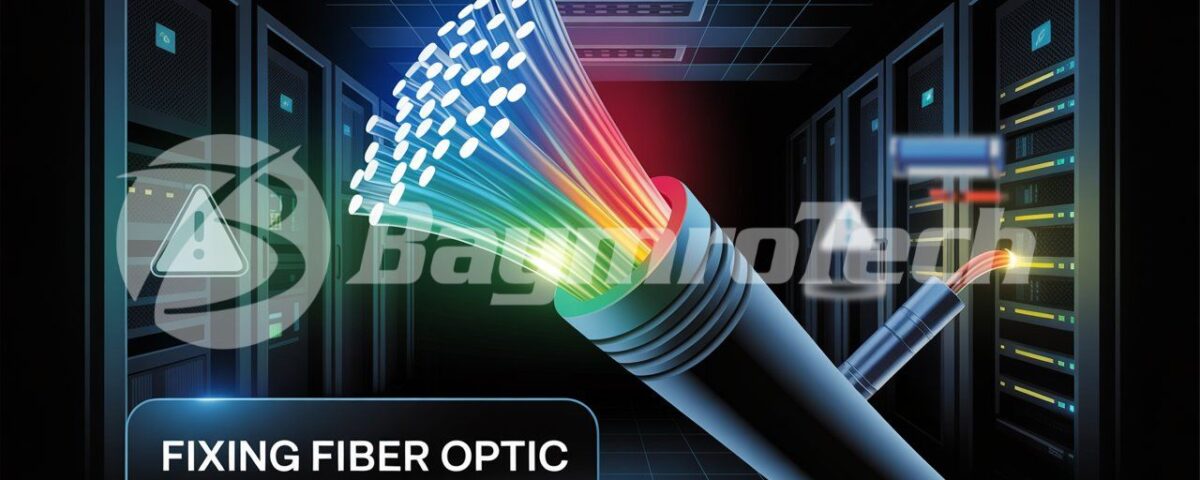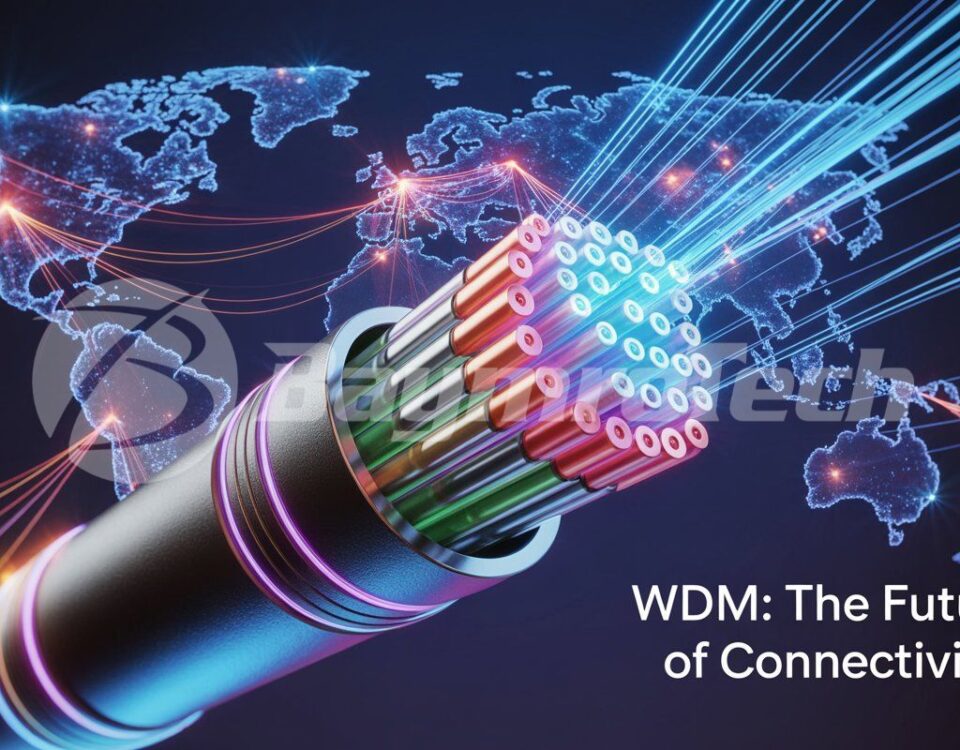Ever wondered why your blazing-fast fiber optic internet suddenly slows to a crawl, or why your network connection drops out just when you need it most? You’re not alone. Fiber optic cables are the backbone of modern industry and communication, but even the most advanced networks can run into frustrating issues. The good news? Most common fiber optic cable problems are fixable—often with a bit of know-how and the right approach. Let’s dive into the most frequent headaches, how to spot them, and, most importantly, how to get your network back on track.
Why Fiber Optic Cables Matter (and Why Problems Happen)
Fiber optic cables are the unsung heroes behind lightning-fast data transfer, reliable industrial automation, and seamless communication. But they’re not invincible. From accidental cable bends to dirty connectors, a handful of issues can sabotage performance. If you’re using specialized solutions like Copper/Fiber Composite Cable, understanding these problems is even more crucial for maintaining both power and data integrity.
The Most Common Fiber Optic Cable Issues
1. Signal Loss or Attenuation
Ever notice your internet speed crawling or your industrial sensors lagging? Signal loss—also called attenuation—is often the culprit. This happens when the signal weakens as it travels through the cable, leading to slower data transmission and unreliable connections1.
What causes it?
- Excessive bending or kinking of the cable
- Poor-quality splicing or connectors
- Physical damage to the cable’s core
How to fix it:
- Inspect cables for sharp bends or kinks and gently straighten them.
- Use bend radius protectors during installation.
- If you suspect a splice issue, it’s best to call in a professional for re-splicing1.
2. Dirty or Damaged Connectors
A single speck of dust on a fiber optic connector can wreak havoc on your network. Dirty or damaged connectors are a leading cause of intermittent connectivity and signal degradation2.
How to fix it:
- Unplug the connectors and inspect them for dirt or scratches.
- Use a fiber optic cleaning kit (never your shirt sleeve!) to gently clean both ends.
- If you see physical damage, replace the connector immediately.
3. Physical Cable Damage
Industrial environments can be tough on cables. Crushed, pinched, or cut cables are a frequent source of complete network outages.
How to fix it:
- Visually inspect the entire cable run for obvious damage.
- Use a fiber optic cable tester to pinpoint the break2.
- Cut out the damaged section and splice the cable using a mechanical or fusion splicer3.
- Always secure cables away from heavy machinery or high-traffic areas.
4. Poor Splicing or Faulty Joints
Fiber optic cables are often joined using splices, but a bad splice can introduce significant signal loss.
How to fix it:
- If you suspect a bad splice, check the joint with an Optical Time Domain Reflectometer (OTDR).
- Re-splice the cable using proper techniques and tools, or have a professional handle it for you13.
5. Incorrect Wavelength or Equipment Mismatch
Sometimes, the issue isn’t with the cable itself, but with the equipment at either end. Using mismatched wavelengths or incompatible devices can prevent the network from working altogether2.
How to fix it:
- Double-check that both ends of the cable are using the same wavelength and compatible transceivers.
- Verify equipment settings and configurations.
Diagnosing Fiber Optic Cable Problems
You don’t have to be a network engineer to do some basic troubleshooting. Here’s a quick checklist:
- Check connectors for cleanliness and damage2.
- Inspect cables for visible signs of wear, bends, or breaks.
- Test the cable with a fiber optic tester to measure signal loss.
- Verify equipment settings and compatibility at both ends of the cable.
- Call a professional if the problem persists—fiber optic repairs often require specialized skills and tools12.


Pro Tips to Prevent Future Fiber Optic Headaches
- Plan cable routes carefully. Avoid sharp bends and high-traffic areas.
- Label everything. Clear labeling helps with quick troubleshooting.
- Schedule regular inspections. Catch small problems before they become big ones.
- Invest in quality. Whether it’s pure fiber or Copper/Fiber Composite Cable, higher-quality cables and connectors pay off in reliability.
Real-World Example: The Case of the Disappearing Data
A manufacturing plant noticed intermittent data loss on their production line. After a quick inspection, they found a fiber optic cable running under a heavy rolling cart path. Years of tiny impacts had finally crushed the cable. The fix? Rerouting the cable above ground and replacing the damaged section restored flawless performance—no more downtime, no more headaches.
When to Call in the Pros
While some issues are DIY-friendly, others—like splicing or major repairs—are best left to certified technicians. Attempting complex fixes without the right tools can make things worse and void warranties. If in doubt, reach out to a professional for help.
Explore More and Stay Connected
Solving fiber optic cable issues doesn’t have to be a mystery. By understanding the most common problems and how to fix them, you can keep your network (and your sanity) intact. Want more tips on industrial networking solutions? Check out our guide to fiber optic cable types and our troubleshooting checklist for industrial networks for deeper insights.
For further reading, the Fiber Optic Association offers in-depth technical resources, and Cabling Installation & Maintenance provides best practices for cable installation.
Wrapping Up
Fiber optic cables are robust, but not indestructible. The most common issues—signal loss, dirty connectors, physical damage, bad splices, and equipment mismatches—can usually be fixed with a little patience and the right tools. Remember, prevention is always better than cure, so keep those cables clean, safe, and well-labeled.
Have a fiber optic horror story or a troubleshooting tip to share? Drop your thoughts in the comments below or contact our team for expert advice. Let’s keep your network running at the speed of light!




